What are some good methods for finding fascinating foregrounds and locations for night photography? I’ll walk you through some of the methods I use.
A word about composition in night photography
My philosophy is that regardless of whether it you are photographing the night sky or not, it’s all about the composition, where the subject matter still counts. Therefore, I regard great foregrounds and locations in much the same way someone who photographs during the day might. A strong composition is a strong composition.

The night sky is rarely the subject matter for me. I’m particularly fascinated by the marriage of sky and earth. Astrophotography and deep sky photography hold less interest for me personally. It’s the subject that holds my attention. The night sky is the cherry on top.
Going down the rabbit hole
I spend hours and hours attempting to find interesting new locations. I also use this time to determine how to approach photographing them by determining how to get there, lighting, where the Milky Way is in relation to the subject, and more.
What I use to find new locations
I try to gather information about the history of a region. There’s a lot of information available. You could look at old photographs, drive around the area, ask other photographer friends, read blogs, look at old maps or at Facebook groups about a particular subject matter.
And of course, there’s books. So many books.
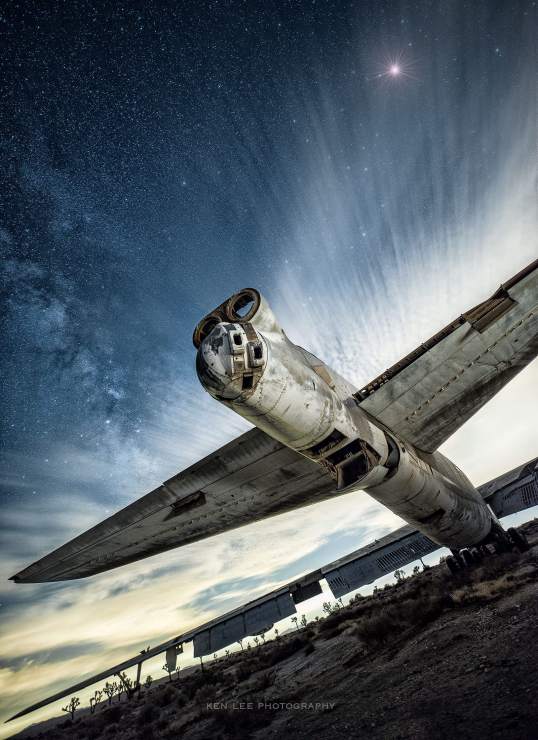
For abandoned locations, there are quite a few blogs that seek out abandoned sites. Look at different kinds of websites or blogs. For example, instead of only looking for abandoned sites, consider performing searches about Route 66, urban exploration, history or ghost town blogs or websites. You can also find fantastic locations on Flickr.
And it’s not just websites or blogs. YouTube can also be a rich source of information.
Sometimes, I pair things together. If I am on a trip and I am mostly doing landscapes, I might look for ghost towns or abandoned houses there too.
Narrowing down the location
The next step is to try and determine the GPS coordinates from the contextual clues given. Sometimes, these can be approximate streets. Other times, it can be rather vague. Sometimes, you can guess the location from the position of familiar mountains or get a great view from someone’s introductory drone footage.
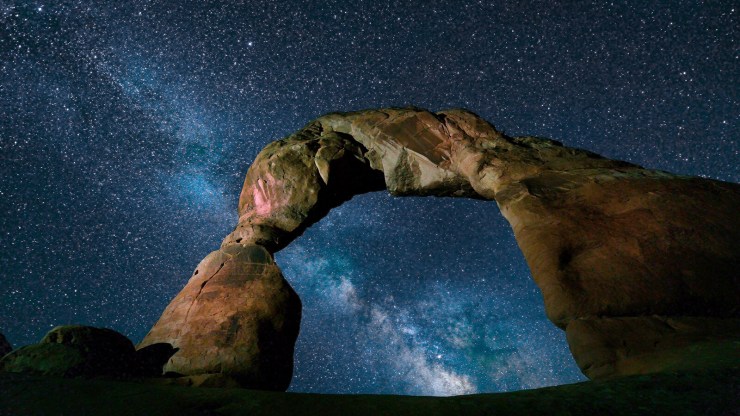
For this, I usually use a combination of Google Maps and Google Earth to locate something. As you might guess, this can take a long time. However, you can also often figure out lighting or approaches as well as how many dirt roads it might take to get there.
You can take a deep dive into how I planned out a unique night sky photograph of Delicate Arch using Google Maps, Google Earth and more.
The quest for the uncommon
I try not to copy other people’s photographs. Also, I don’t actively seek to photograph some locations there despite it having great subjects if 1) I feel like I can’t say anything that hasn’t been said before, and 2) they are too crowded. This isn’t the sort of photographic experience I’m after.
Locations like this would include Mesa Arch at sunrise, Kanarra Creek Canyon, the sun shining on Horsetail Fall in Yosemite in February, Horseshoe Bend and Antelope Canyon. This is not a condemnation of anyone photographing these locations. They are stunning locations for photography. Because of #1 and #2, they simply hold less interest for me.
Scouting the location
Ideally, I hike around the area during the day and return at night. Of course, that doesn’t always happen due to time constraints or life throwing one challenges. When I’m in the area during the day, I usually try to make notes about where the moon might come out, how the foreground subject will be illuminated, or where the Milky Way might be.
I use apps such as PhotoPills to help determine things such as this. And of course, I am always thinking about how I might “light paint” the foreground so that I can create visually strong and creative images. “Light painting” is illuminating the foreground while the camera shutter is open. You can be like the director of a movie, determining what to illuminate and what to keep in shadow. This helps the image to tell a story about the place.
On the lookout for anything weird or interesting
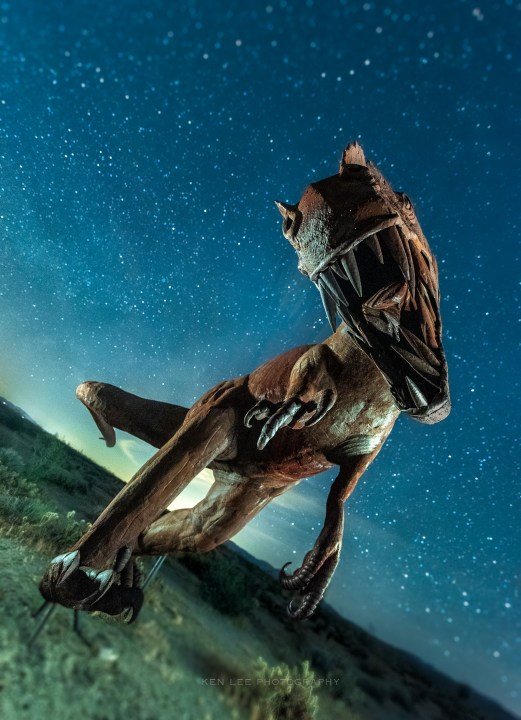
I photograph a lot of abandoned subjects that I find interesting. Anything that’s interesting is something that I love to photograph, including fantastic natural landscapes or unique features. Often, the weirder, the better.
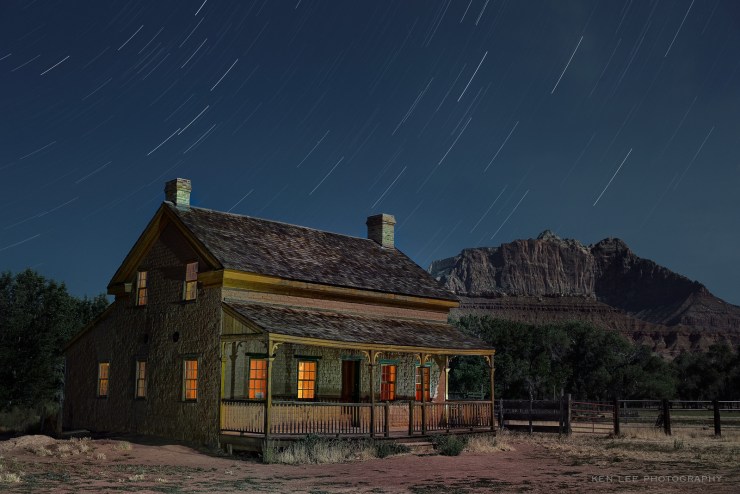
Sometimes, I’ll look for something of historical interest. I also love locations that have fires my imagination. Dinosaurs? Absolutely! The house from “Butch Cassidy and the Sundance Kid?” Of course!
Safety
I also look to see whether there might be streetlights in the area. Also, I look for sharp cactus, floorboards that are about to give way, the potential for animals or people, or homeless encampments.
Inspired by themes
Finally, I am working on more night photography books on abandoned sites. All these books have themes. Themes are fantastic because they drive you to seek out these things more, and make it a lot of fun!
I also record music this way by having this sort of theme. It serves as a guidepost for what one seeks out or does. I often find myself thinking about the approach in novel ways. That can create additional creativity.
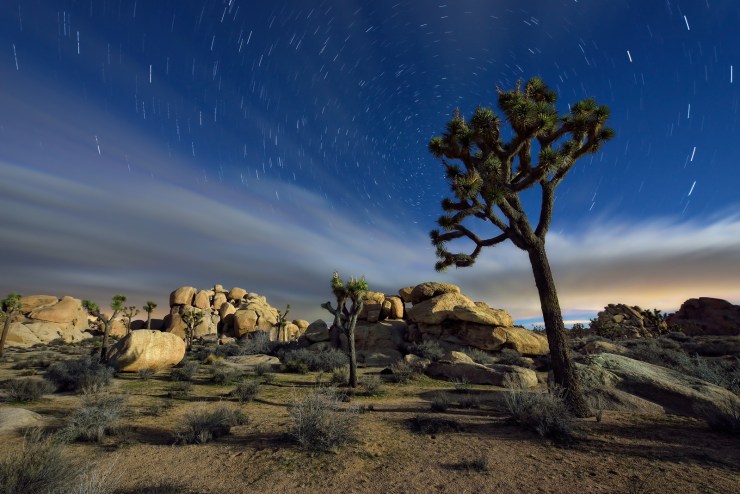
What foregrounds interest you? What methods do you use to find fascinating foregrounds and cool abandoned sites? Let us know in the comments!
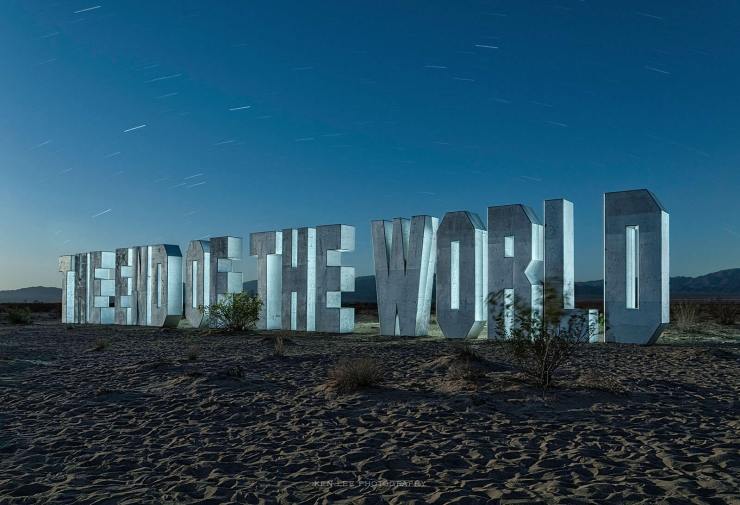
Tell your story with the second annual Visual Storytelling Conference!
Experience four days of interactive, online training sessions featuring a range of educational content with experienced photographers and content creators. This free event kicks off with a series of technical boot camps to build essential skills, followed by live, online sessions on photography, video, business and social media. Join live from March 10-13, 2022!
